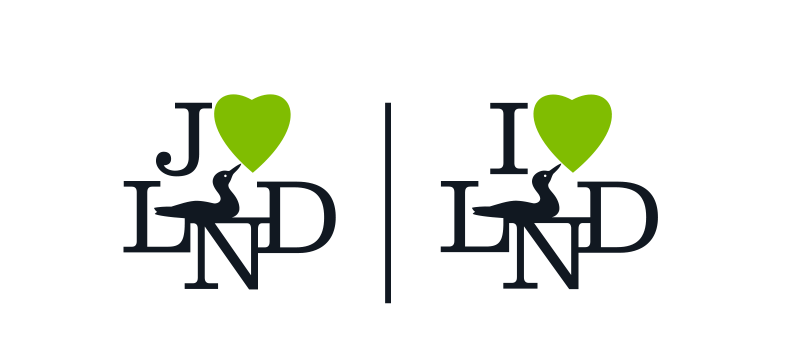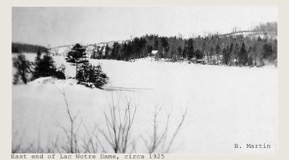History
Montfort came into existence in 1883 when it was decided that an orphanage was needed north of Montreal. The Lisbourg Orphanage provided a home for 200 boys as well as local employment. The Montfortain order of priests, from France, were the administrators
In the late 1800s, the road from Lachute followed the route of the present day Highway 329 to the Jackson Road, then north of Lac Wheeler to the western end of Lac St Francois and from there to Laurel. Other roads were proposed but never built.
In the early 1900s the land around Lac Notre-Dame was owned by the Laurentian Lumber Company. Early in 1900, a fire swept the north shore of Lac Notre-Dame. It burned out before it reached the few cottages on the east bay. The area became a favorite blueberry picking site.
In 1914 lots were advertised for sale around Lac Notre-Dame. Access was via the Canadian National Railway to Montfort and then on foot to Lac Notre-Dame.
In 1928 the names of Indian Lake and Squaw Lake were changed by the government to Lac Notre-Dame and Lac St Victor respectively although they weren`t adopted by the residents until the late 1950s.
By 1939 there were ten cottages on Lac Notre-Dame and Montfort was a thriving summer community.
In 1951 there were 15 families enjoying the lake. Montfort was still thriving and the CN trains ran regularly between Montreal and Weir.
In 1955 the Montfort orphanage historic landmark was demolished.
The years between 1957 and 1967 saw tremendous changes.
o In 1957, Louis Diez DʼAux and his wife bought all of the available property from the lumber companies and created Montfort Lakes Development.
o In 1958 the road was built along the east and south side of the lake.
o In 1960, large lots began to be sold to villegiateurs
o During this period, the official names of Lac Notre-Dame and Lac St-Victor were finally accepted.
Around 1980, the Lac Notre-Dame Property Owners' Association was created in its present form.
In 2000, residents voted to ban motorized watercraft from the lake.
In 2003, the LND Owners` Association partnered with Nature Conservancy Canada to purchase vast tracts of land on the north and east side of the lake, to prevent development and ensure the maintenance of the natural surroundings of the lake.






